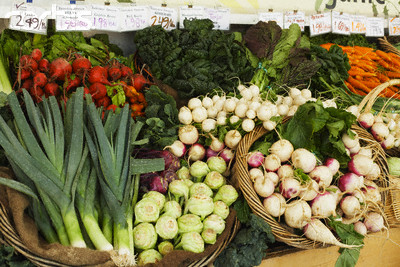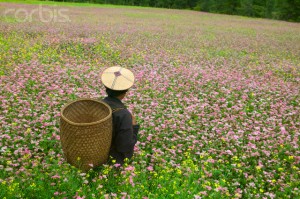
I receive a lot of emails from people who have found my site and are looking for ideas for their very limited diet. Some of these people are at a complete loss as to what to eat because their diet is so limited. I received one of these emails from someone last week inquiring about a diet for her daughter.
Here was her list of foods that her daughter was told to avoid:
gluten (wheat, barley, oats, spelt, kamut, tricale, and all products containing gluten such as soy sauce, etc)
grain (includes rice, millet, teff, and other gluten-free grains)
dairy
egg
soy
corn
banana
kiwi
This is a similar list to many of the people who come to me. There are definite variations and more limited diets like those without any meat or fish, legumes, nuts, all fruit, etc. But I thought I’d start with this diet to give you some ideas on where to start.
So what do you do when you get a list like this? My hope is that in this post, I can give you my process for starting to come up with some foods and recipes you can eat when you receive a long list of foods you should be avoiding, even temporarily.
I am also working on compiling my recipes into menu plans for different diets such as this one so that people can have a menu planner for their specific limited diet. I am also going to start writing some blogs about how you can start to do this for yourself!
